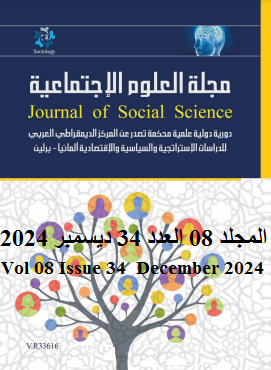HUMAN IMPACT ON THE ENVIRONMENT: DEMOGRAPHIC TRENDS AND LAND USE IN THE OUED LAHDAR WATERSHED (MOROCCAN PRE-RIF)
Keywords:
human activities, population growth, land use, Oued Lahdar basin, Geographic Information SystemsAbstract
This study examines the impact of human activities on the environment in the Oued Lahdar watershed, located at the foothills of the Rif Mountains in Morocco. The basin is undergoing significant changes due to demographic growth and unsustainable land use. The methodology relies on analyzing data from various sources, such as satellite imagery, census data, and land use maps, using Geographic Information Systems (GIS). The study explores the relationship between population density and land use changes, including agriculture and urbanization. The results show that demographic pressure has a significant impact on natural resources, including soil, water, and forests, highlighting the urgent need for sustainable development strategies to mitigate these effects
Downloads
Published
Issue
Section
License
Copyright (c) 2024 Journal of Social Sciences

This work is licensed under a Creative Commons Attribution-NonCommercial 4.0 International License.
This work is licensed under CC BY-NC 4.0






